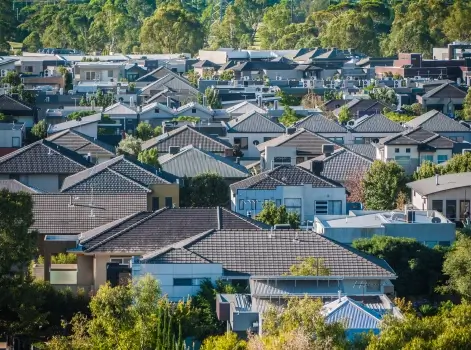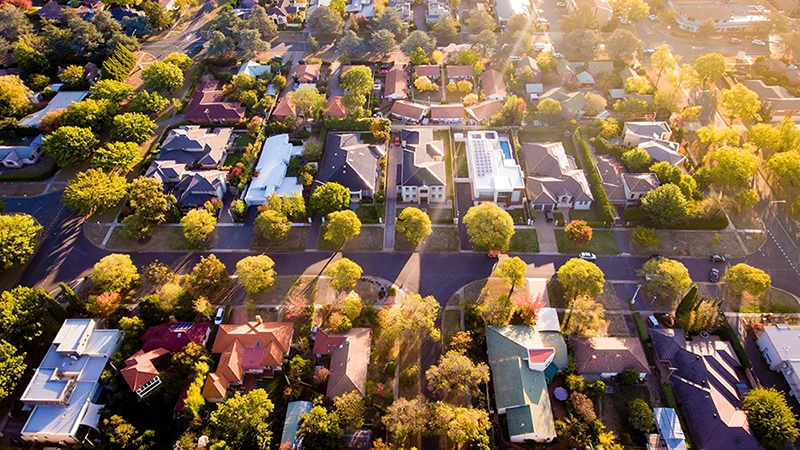Updated: 29 May, 2025
In June, CoreLogic’s Home Value Index (HVI) showed a notable rise of 0.7%, marking the 17th consecutive month of growth. This contributed to an 8.0% increase in 2023-24, equating to an impressive $59,000 increase in the median dwelling value, which now sits at $794,000. This rise stands in stark contrast to the previous financial year, when the national index fell by 2.0%.
Here’s CoreLogic’s report in full.
State Performance Overview
This table provides an overview of the home value changes and market conditions for each state in June.
| State | June Home Value Change | Description |
|---|---|---|
| Sydney | +0.5% | Home values in Sydney rose in June, continuing its steady recovery. |
| Melbourne | -0.2% | Melbourne's slight decline lagged the rest of the capitals. |
| Brisbane | +1.2% | Brisbane continued its strong performance. |
| Adelaide | +1.7% | Adelaide's values surged, driven by extremely low inventory levels. |
| Perth | +2.0% | Perth led the capitals, showing robust market conditions. |
| Hobart | +0.1% | Hobart's values were relatively flat. |
| Darwin | 0.0% | Darwin's market remained stable with no change in June. |
| Canberra | +0.3% | Canberra experienced a steady increase of 0.3%, reflecting stable conditions. |
Regional Markets Vs Capital Cities
The combined regional markets recorded a 0.6% increase in dwelling values, slightly lower than the combined capitals’ growth of 0.7%. Regional areas continue to show resilience, with the annual pace of growth at 7.0%. In contrast, growth in the capital cities is more varied. Mid-sized capitals like Perth, Adelaide and Brisbane are leading the charge, with monthly increases of 2.0%, 1.7% and 1.2%, respectively.
While the combined capitals experienced a higher overall growth rate than the regional markets, the performance disparity within the capitals highlights the critical role of supply constraints. Perth and Adelaide, with their low inventory, contrast sharply with other capitals like Hobart and Melbourne, where higher supply levels have dampened growth.
Rental Market Overview
The national rental market’s growth has eased, with a 0.4% rise in June, the lowest monthly change since September last year. Despite this slowdown, rents are still up 8.2%, year over year. The increase in gross rental yields, now at 3.5% across combined capitals, provides some relief to investors facing high interest rates. Strained affordability is constraining rental demand, however, particularly in the unit sector.
Market Forecast
Rising Rents: Supply shortages and increased rental demand are likely to keep rental growth above average.
Supply Shortages: The ongoing mismatch between housing supply and demand will continue to support housing values, despite high interest rates and economic challenges.
Interest-Rate Outlook: With inflation rising, economists forecast that interest rates could stay high for longer or even rise again, adding downside risk to housing markets.
Construction and Supply: Although new dwelling completions are lagging behind demand, an increase in residential construction activity could eventually balance the supply-demand mismatch, though this is expected to take time.









